December 19, 2024 | 05:50 GMT +7
December 19, 2024 | 05:50 GMT +7
Hotline: 0913.378.918
December 19, 2024 | 05:50 GMT +7
Hotline: 0913.378.918
On the morning of August 30, the Department of Fisheries Surveillance (Ministry of Agriculture and Rural Development) held a meeting to discuss some difficulties and obstacles when implementing Decree No. 37/2024/ND-CP dated April 4, 2024. The focus is on discussing and agreeing on treatment plans for the regulation that skipjack tuna allowed to be exploited must have a minimum length of 50 cm.
At the meeting, tuna purchasing and processing businesses all supported resource protection but assumed that appropriate measures are needed to ensure production and business activities for businesses as well as fishermen's lives. Currently, the regulation on only catching skipjack tuna from 50 cm is putting both businesses and fishermen in a difficult position.
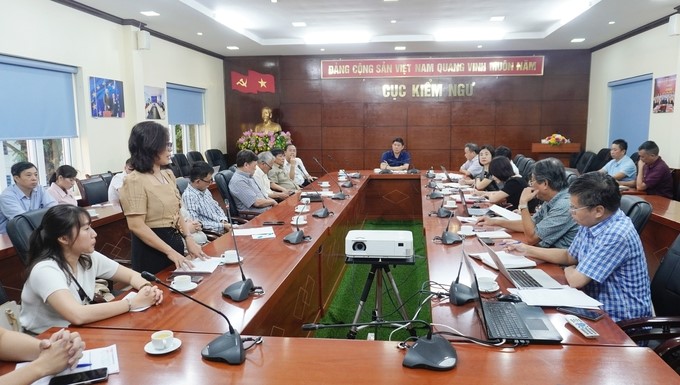
Director of the Department of Fisheries Surveillance Nguyen Quang Hung chaired the meeting to discuss some difficulties and obstacles when implementing Decree No. 37/2024/ND-CP dated April 4, 2024. Photo: Hong Tham.
Mr. Nguyen Hung Hoa, Director of Nguyen Hung Co., Ltd. (Phu Yen), said that caught skipjack tuna has three sizes: 300-500g, 500-1,000g, and over 1,000g, of which the main size is 500-1,000g, equivalent to 15-20cm, depending on the sea area. Thus, the regulation on only catching skipjack tuna from 50 cm is not practical because the yield of tuna reaching this size is actually very low, so this regulation needs to be removed soon.
A representative of Foodtech Joint Stock Company (Long An) shared that due to problems with this regulation, the company has no longer had fish to purchase and export in recent months. They are worried about their ability to take advantage of incentives from other countries in the last months of the year. "If the problem cannot be solved, the future of businesses like us and other businesses will be very unclear and difficult to survive," the Foodtech representative shared.
Mr. Huynh Thanh Lin, Import-Export Director of Hai Vuong Co., Ltd. (Khanh Hoa), informed that every year, in addition to domestically purchased raw materials, the company imports 60,000–70,000 tons of tuna from 20 countries around the world. Meanwhile, no country regulates the size of exploitation and only manages quotas.
Mr. Lin said that the size regulation should be removed and the management is implemented only by quotas. He also suggested consulting the management method of the Western and Central Pacific Fisheries Commission (WCPFC) to be consistent with international practices and Vietnam's reality.
Sharing the same opinion, Ms. Vo Thi Ha, Director of Ngoc Ha Seafood Co., Ltd. (Binh Dinh), hopes to soon amend regulations related to tuna size so that the business can feel secure in production and fishermen can confidently stick to the sea and protect the sovereignty of the sea and islands.
Mr. Nguyen Khac Bat, Director of the Research Institute for Marine Fisheries, said that since 2005, Vietnam's aquatic resources have decreased by over 30%, especially for the group of ground fish. For skipjack tuna, the resource has decreased by 80% since the 2000–2005 period. This is an issue that scientists and managers are very concerned about.
"We are all aware that aquatic resources are declining extremely seriously and fisheries are at risk of collapse. It is obvious to need effective management measures," Mr. Bat emphasized.
According to Mr. Bat, the world applies input and output management measures. Input management includes exploitation capacity, number of vessels, conservation, exploitation size, etc. Output is managed through fishing quotas, total allowable exploitation output, etc. This is an issue we are talking about a lot with the management of migratory fish species like tuna.
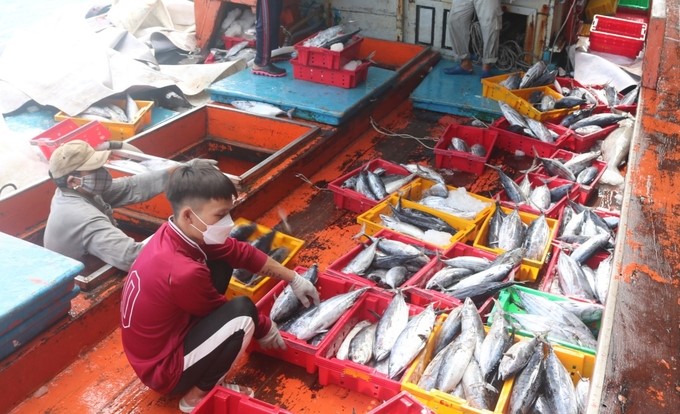
The Department of Fisheries Surveillance will advise the Ministry of Agriculture and Rural Development to review and amend the regulation, but of the opinion that "it is still necessary to regulate the size of exploitation combined with quotas." Photo: Kim So.
"Output management is a suitable trend, but in the current context, we need to focus on input management because we do not have a quota yet and are still in the process of building it," added Mr. Bat.
Mr. Nguyen Hoai Nam, Deputy General Secretary of the Vietnam Association of Seafood Exporters and Producers (VASEP), said that the management agency's task is to choose a management method based on reality, international practices, and science.
"We understand the concerns of state management agencies about how to comply with the goals of state management in the context that tuna is a migratory species. However, no country has yet implemented such size control; even WCPFC has no recommendations related to this issue," Mr. Nam emphasized.
Director of the Department of Fisheries Surveillance Nguyen Quang Hung said that from the perspective of a state management agency, the Department of Fisheries Surveillance is an advisory body to the Ministry of Agriculture and Rural Development on the issue of protecting aquatic resources. It is completely correct for the state management agency to advise on the development of Decree No. 37 regulating quotas and exploitation sizes with the purpose of protecting long-term aquatic resources for people and meeting long-term raw material sources for businesses. This is also the world trend on protecting aquatic resources.
In the long term, the strategy must still be to protect aquatic resources, which has been clearly oriented in Resolution 36-NQ/TW in 2018 on the strategy for sustainable development of Vietnam's marine economy by 2030, with a vision to 2045, or the Law on Fisheries. Mr. Hung affirmed: "Regulating the size of exploitation is absolutely correct from a perspective to protect aquatic resources."
Director of the Department of Fisheries Surveillance Nguyen Quang Hung emphasized that the proposal of VASEP as well as businesses is legitimate. The Department of Fisheries Surveillance will advise the Ministry of Agriculture and Rural Development to review and amend the regulation, but of the opinion that "it is still necessary to regulate the size of exploitation combined with quotas." However, the size needs to be calculated to be suitable to protect aquatic resources while supporting production and ensuring benefits for businesses and fishermen.
Translated by Thu Huyen
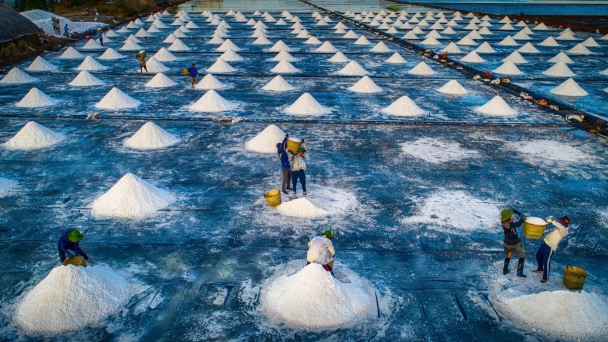
(VAN) The Salt Industry Festival 2025 is anticipated to enhance the salt-making industry in Bac Lieu province and serve as an encouragement for salt farmers to maintain their dedication to this historic traditional craft.

(VAN) An updated code for sustainable compound feed and livestock production in the European Union have been endorsed by the European Commission’s Standing Committee on Plants, Animals, Food and Feed (SCoPAFF).

(VAN) The scheme on developing salt industry between 2021 and 2030 approved by the Prime Minister would elevate the salt production area to 14,224ha, with the output reaching 2 million tons/year.
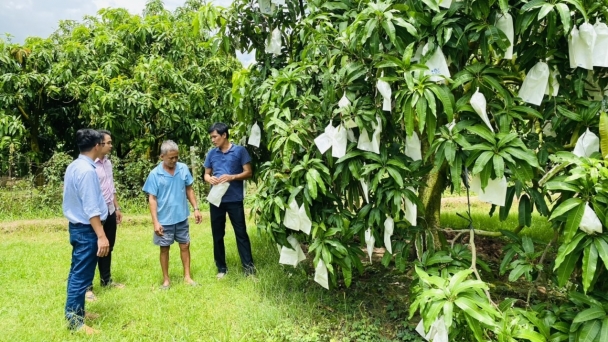
(VAN) Form connections between farmers and cooperatives to establish large-scale production groups. This will create a strong foundation for the production and consumption of high-quality agricultural products.
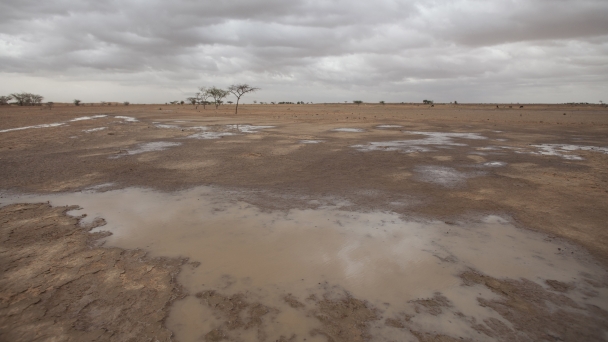
(VAN) Through events, programmes and publications, FAO reiterates its call to restore agricultural lands as key to transforming agrifood systems.
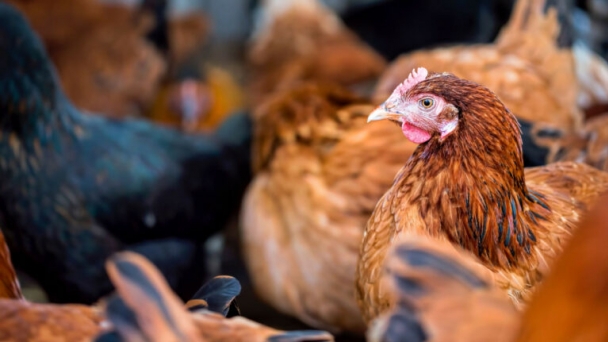
(VAN) Food companies have called on the government to bolster action on the phasing out of cages just weeks before a voluntary retail pledge to be cage-free by 2025 comes into effect.

(VAN) The local authorities in Quang Binh Province are resolutely managing and banning ‘three-no’ fishing vessels from departing the harbor.